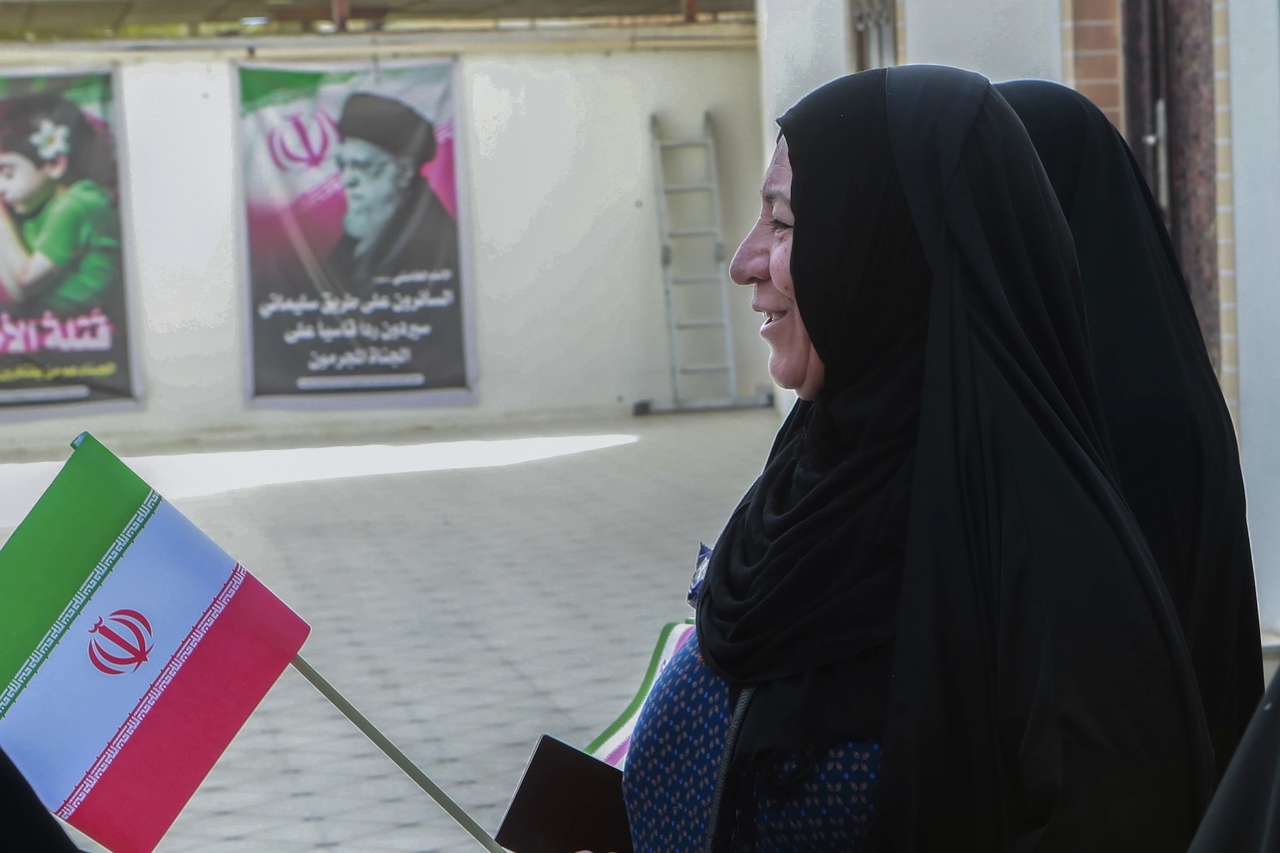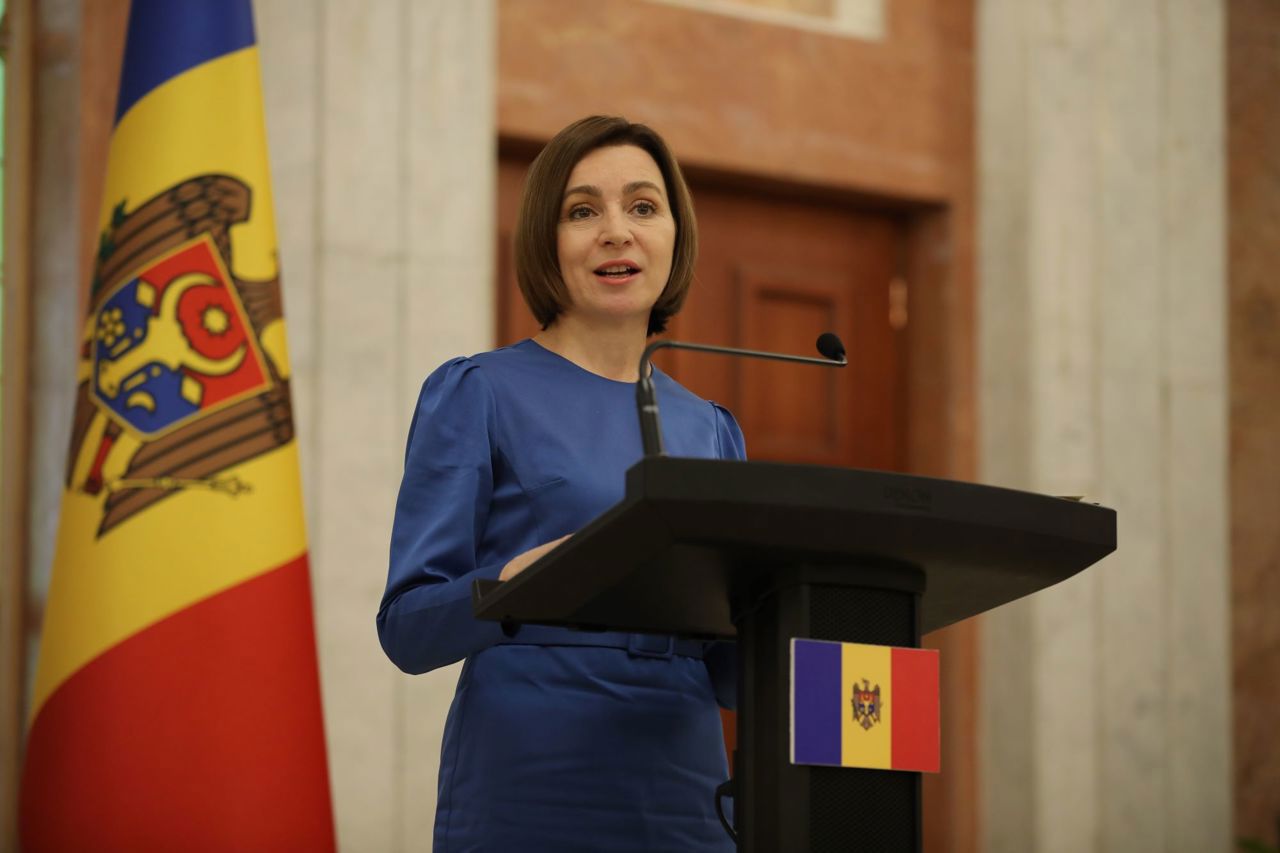Iran's Presidential Runoff: Pezeshkian vs. Jalili in Historic Election
Iran is preparing for a presidential runoff election following the lowest voter turnout in the history of the Islamic Republic, as no candidate secured an absolute majority in the recent polls.

The elections, held on Friday, June 28, 2024, brought to the forefront two candidates with opposing visions: reformist Masoud Pezeshkian and former nuclear negotiator hard-liner Saeed Jalili.
Results of the First Round of Voting
According to Iran's Ministry of Interior, out of a total of 24.5 million votes cast, Pezeshkian received 10.4 million votes, while Jalili garnered 9.4 million. Parliamentarian Mohammad Bagher Qalibaf finished third with 3.3 million votes, and cleric Mostafa Pourmohammadi received over 206,000 votes, as reported by the Associated Press.
Moderate Candidate: Masoud Pezeshkian
Masoud Pezeshkian, a 69-year-old cardiac surgeon, former Minister of Health, and current parliamentarian, is known for his moderate positions. He advocates for women's rights, increased social freedoms, cautious improvement of relations with the West, and economic reforms. Pezeshkian won the first round of voting, emerging as the sole moderate candidate approved by a supervisory body dominated by conservatives, though he did not surpass the 50% plus one vote threshold required to avoid a runoff, according to Reuters.
His electoral campaign gained momentum after receiving support from reformists, led by former President Mohammad Khatami, and appointing former Foreign Minister Mohammad Javad Zarif, a key figure in the 2015 nuclear deal negotiations, as his foreign policy advisor. This move drew criticism from conservatives, including Supreme Leader Ayatollah Ali Khamenei, who warned that "anyone tied to America will not be a good colleague for you," Reuters further reports.
Hard-line Opponent: Saeed Jalili
Saeed Jalili, known for his firm and anti-Western positions, served as Iran's chief nuclear negotiator. Jalili focused his campaign on maintaining a tough line in foreign policy and strengthening the current regime. Despite receiving only 9.4 million votes, he remains a strong contender due to his support among conservatives, as reported by the Associated Press.
Low Voter Turnout
Voter turnout was just 40%, the lowest ever recorded in Iran, according to Al Jazeera. Many voters expressed skepticism about Pezeshkian's ability to deliver on his electoral promises, given the president's limited powers compared to the Supreme Leader and other conservative-controlled power structures, Reuters adds.
Current Political Context
The elections follow the sudden death of President Ebrahim Raisi in a helicopter accident in May 2024, an event that marked a sudden change in Iran's political landscape. Raisi, a protege of Khamenei, took a tough stance in negotiating the nuclear deal and implemented strict policies on women's attire. In contrast, Pezeshkian promises a pragmatic foreign policy and a reduction in nuclear tensions with the West, but pledges not to challenge Khamenei's policies, potentially further alienating the urban middle class and youth demanding deeper reforms, Reuters reports.
Outlook for the Runoff
The July 5, 2024 runoff will be a critical choice for Iran's future, pitting two diametrically opposed visions against each other. While Pezeshkian attracts support from reformists and those disillusioned with the nation's current state, his success depends on mobilising the young electorate and attracting Qalibaf's supporters, according to the Associated Press.
Regardless of the outcome, real power to shape state policies, including foreign and nuclear affairs, remains in the hands of Supreme Leader Khamenei, severely limiting the future president's manoeuvring space, Reuters reports.
Translation by Iurie Tataru




